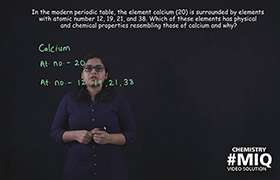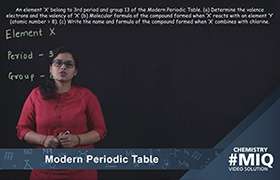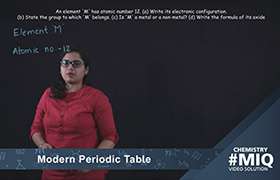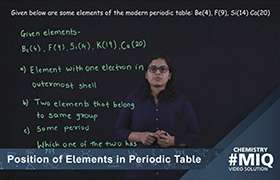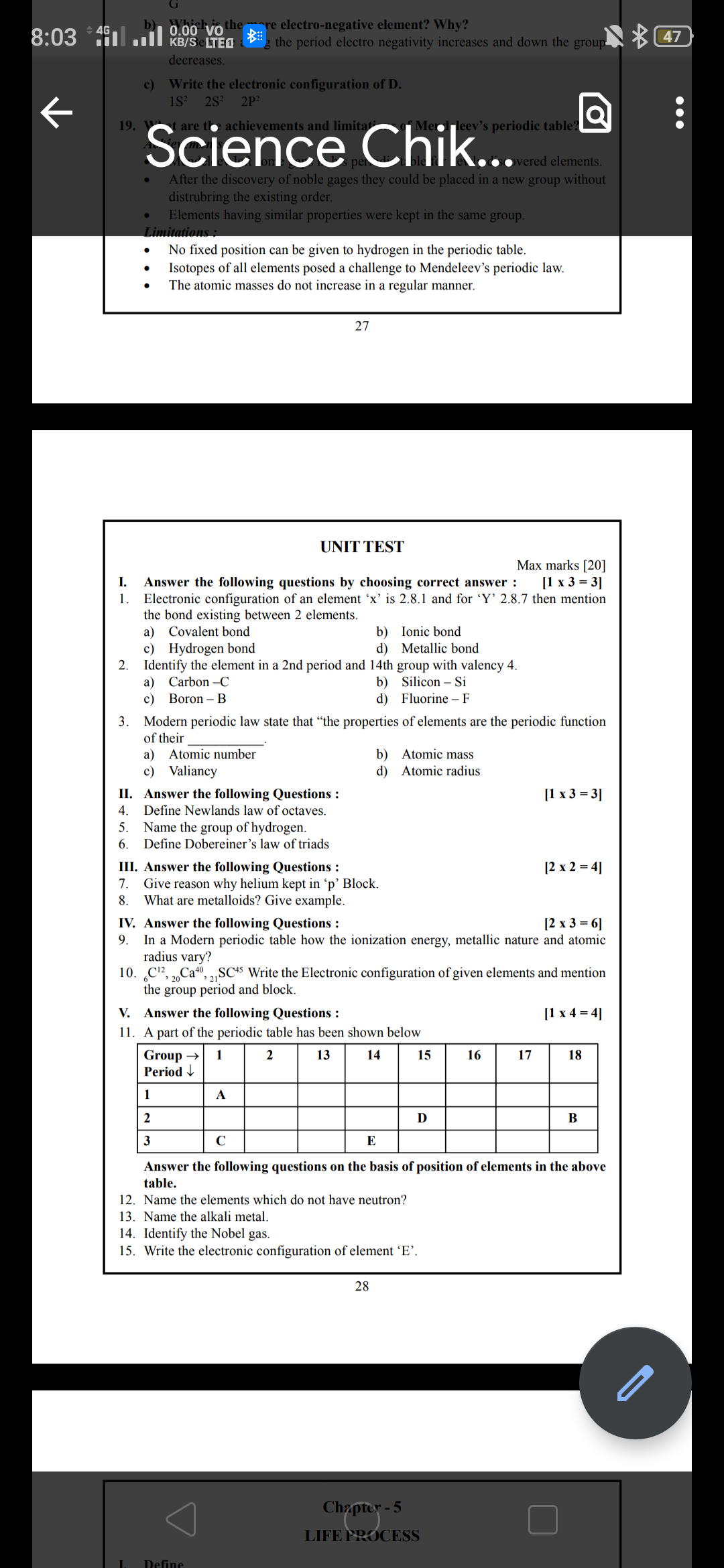CBSE Class 10 Answered
Orbital - The region of space around the nucleus where the possibility of finding an electron is maximum is called an orbital.
Main shells are K, L, M, N and so on…
Sub shells are a division of main shells (K, L, M, N etc) and are composed of atomic orbitals. Example: s, p, d, f etc.
According to Bohr's model, electrons occupy certain stable orbits or shells. Each shell has definite energy.
The maximum number of electrons present in the shell is given by the formula (2n2), where n is the orbit number or shell number.
First orbit or K shell will be = 2 X 12 = 2, Second orbit or L shell will be = 2 X 22 = 8, Third orbit or M shell will be = 2 X 32 = 18, Fourth orbit or shell will be = 2 X 42 = 32 and so on.
The maximum number of electrons that can be accommodated in the outermost orbit is 8.
(Further, (In higher grades) You will be studying in 12th grade)-
- The different energy levels within a shell are called subshells. They are named s, p, d, f….
- The number of subshells in a shell is equal to the serial number of the shell.
- The maximum number of electrons which can be accommodated in a subshell are s = 2, p = 6, d = 10, f = 14.
- The increasing order of energy of subshells is s < p < d < f.
- The electrons are filled in various subshells in the increasing order of their energy.
Answered by Hanisha Vyas | 15 Jan, 2016, 01:37: PM

